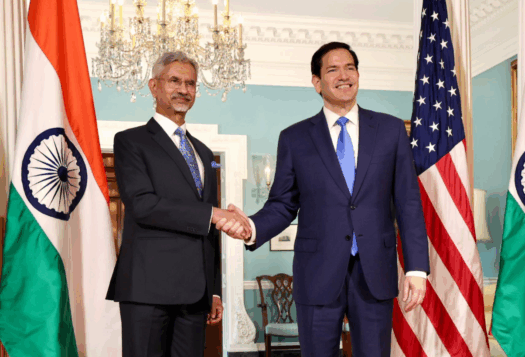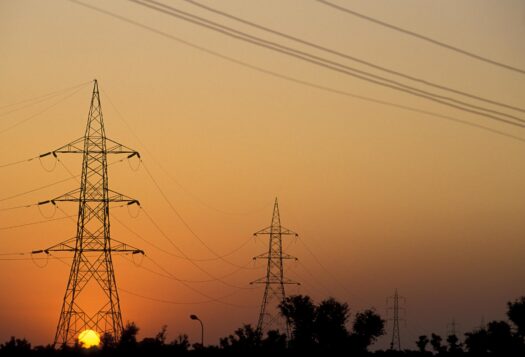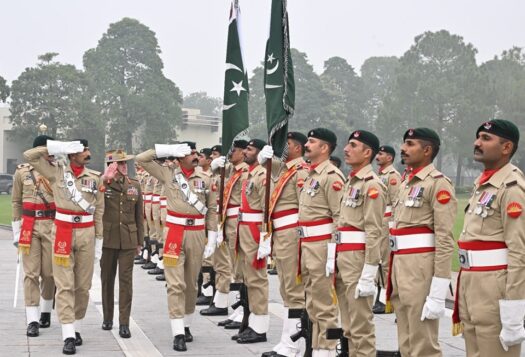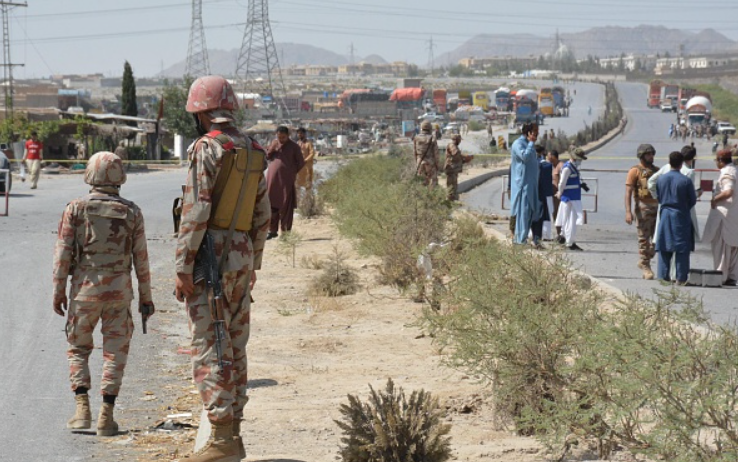
On April 26, as reports circulated of a suicide bomber killing a Pakistani driver and three Chinese teachers near the Confucius Institute in Karachi University, waves of anxiety crippled much of the collective Pakistani consciousness. The attack was carried out by a woman named Shari Baloch and claimed by the Baloch Liberation Army (BLA)—a designated terrorist group in Pakistan, the United States, and the United Kingdom. Beyond the shock of the act itself, the identity of the bomber was also a surprise to many—a 30-year-old schoolteacher and mother of two young children who held a master’s degree in Zoology and Education.
Shari Baloch’s background as a well-educated woman and use of a burqa to hide explosives to avert security check posts were tactically used to capitalize on the gendered preconceived notions of “who” might fit the profile of a terrorist. Her voluntary decision to conduct a “self-sacrificing mission” for the Majeed Brigade—the strategic wing of the BLA that focuses on suicide attacks—garnered significant media attention and caught Pakistani State forces by surprise. The establishment has consistently targeted Baloch men who have been socially constructed as inherently irrational, socially isolated, and angry, but Shari Baloch’s gender, ethnic, and class identities underscore a glaring miscalculation in the perception of the Baloch separatist movement. It also highlights Pakistan’s urgent need to legitimize Baloch grievances. Otherwise, the cycle of hostile militant aggression justifying extra-judicial State responses to quell Baloch dissent and insurgency is unlikely to come to an end.
Balochistan: Militancy and Grievances
The BLA’s first attack on the Pakistani State dates back to 2000. There has been a history of ethnonationalist insurgencies in Balochistan, and the BLA claims it is responding to systemic discrimination against the Baloch people in the labor market and the government’s monopoly over Balochistan’s natural resources. For example, from 1990 to 2016, there were no civilian housing schemes in Balochistan while housing schemes for security agencies and federal civil administration employees were being rapidly developed. This coupled with the lack of transport and infrastructure within the region excluded Baloch communities from deciding on, working on, or gaining benefits from regional mega-projects. For instance, the natural gas discovered at the Sui gas field in Balochistan in 1952, provides natural gas to different parts of Pakistan but does not extend to Sui residents.
The establishment has consistently targeted Baloch men who have been socially constructed as inherently irrational, socially isolated, and angry, but Shari Baloch’s gender, ethnic, and class identities underscore a glaring miscalculation in the perception of the Baloch separatist movement.
Grievances that have persisted for decades deepened when Pakistani and Chinese officials announced the multi-billion-dollar China-Pakistan Economic Corridor (CPEC) in 2015. Many Baloch separatists viewed China as a new partner of the Pakistani State who will further exploit the region’s natural wealth in return for minimal gains or respect for local Baloch populations. These fears were legitimized as Gwadar port in Balochistan—CPEC’s central project—began with Chinese assistance in 2002 with no representation from the local Baloch population. Since 2018, growing resentment against China extending its perceived occupation in the region has functioned as a catalyst for the BLA’s various attacks on Chinese officials. This anti-China sentiment has also fueled movements such as Gwadar Ko Haq Do (give Gwadar its rights) which is a movement against Baloch dehumanization and lack of access to necessities like water and electricity in Balochistan.
The dehumanization of Baloch communities rests on the narrative of irrational, violent, separatism. This, in turn, functions to justify State responses that are not accountable to institutions preserving law and order. Much of this narrative, which has been used to “other” Baloch communities, echoes decades-long discourse coming from the West about the figure of the irrational terrorist. As Lisa Stampnitzky has argued, the 1970s represented a shift in Western discourse surrounding bombings and kidnappings in a way that ultimately transformed the War on Terror. Earlier, terms like “terrorism” generally referred to institutional or State-sanctioned violence, while civilian-led bombings, for instance, were understood as tactics or acts of insurgency.
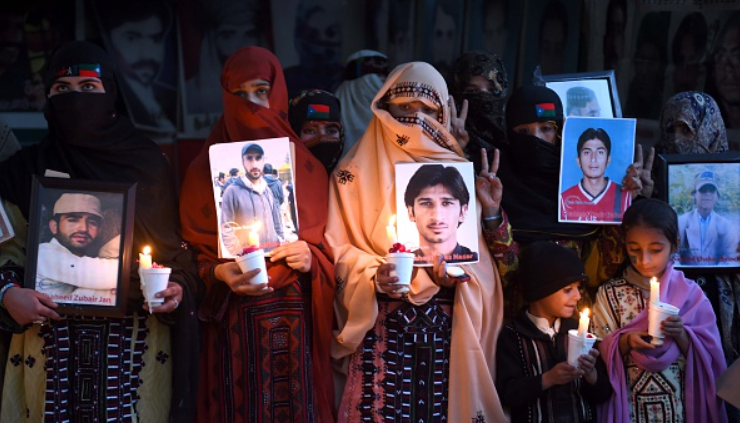
However, the post-Cold War reframing of “terrorism” discourse moves away from the State and toward non-state actors and reformulates their acts of political violence as those of irrational and pathological individuals—the ultimate “Other.” Terrorism was no longer a framework that applied to States or their legitimate institutions. For instance, after the tragic events of 9/11, George W. Bush declared a “Global War on Terror” whereby the United States was able to detain subjects in any region where al-Qaeda was presumably operating under the garb of “enemy combatants” and could hold them indefinitely until the end of wartime. The “enemy combatant” status of many Muslim men served as a loophole for the American government to skirt international law obligations, hold suspects at Guantanamo Bay indefinitely, and justify airstrikes that have amounted to over 1,300 civilian casualties.
The Pakistani establishment has also acted outside the law using enforced disappearances to dismiss the rational causes of resentment among many Baloch separatists. Although this strategy began in the 1970s, it became standard practice for the State after former President Parvez Musharraf opted to join the U.S.’s War on Terror. According to a 2019 report by the Human Rights Commission of Pakistan, 47,000 Baloch people have gone missing—noting that the numbers were contested. In May of this year alone, 45 people were reported missing while 20 more were executed. This has also brought about many non-violent protests—including scale sit-ins and marches with women and children. Many Baloch women reject the State’s heavy-handed approach of fueling gendered violence, collapsing household incomes, and victimizing many Baloch communities in the private and public sphere from poverty, family conflict, and inter-generational or psychological trauma.
The Pakistani State’s Response to Perceived Terrorist Irrationality
Yet, the establishment’s response to the Shari Baloch attack thus far has continued to rely on the connotations associated with the BLA’s “terrorist” and “anti-Pakistan” designation to deflect from Baloch grievances. The Sindh chief minister, for instance, assured Chinese officials that the perpetrators would be dealt with using an “iron hand.” Prime minister Shehbaz Sharif also vowed to “eliminate” any remaining terrorists to preserve Pakistan and China’s regional strategic interests. Islamabad gave its routine reply of pointing fingers at its enemy, India, for aiding Baloch rebels. By avoiding the root causes of Baloch grievances and labeling insurgents as irrational, anti-Pakistani actors, the government reaffirmed its “Othering” of Baloch communities and promoted policing protocols that assumed their “anti-Pakistani-ness.” The political elite’s impetus to describe these events as gender-blind, isolated terror attacks, moreover, is bound to exacerbate existing Baloch-Pakistan tensions and place Baloch women in its crosshairs. This is already evident in how fear of terror attacks was used to justify the Sindh police’s assault on women protesting against the enforced disappearances of two Baloch students enrolled in Karachi University’s Philosophy Department, Doda Ellahi and Ghamshad Baloch. The Sindh police physically assaulted female protestors and accused them of participating in political movements for mere “fame.”
Pakistani officials have matched the threat of increased female militancy by the BLA with an increase in female State security personnel. Earlier this month, policewomen were brought outside the Sindh assembly to arrest women demonstrating against missing Baloch students. The Confucius Institute also increased its female security staff presence to ensure women were screened for explosives without transgressing gendered customs of modesty. But this strategy fails to account for the risk that many Baloch women will face if they are being over-policed or profiled as terrorists solely for dissenting against the Pakistani establishment. It ultimately exploits the gendered nature of this attack through a more extensive female counterterrorism staff to reaffirm the mutual lack of trust and resentment between the Pakistani government and Baloch women.
[This approach] ultimately exploits the gendered nature of this attack through a more extensive female counterterrorism staff to reaffirm the mutual lack of trust and resentment between the Pakistani government and Baloch women.
Moreover, the response dismisses a crucial message that the BLA is likely to re-emphasize through attacks in the future. Namely, that many Baloch women are neither passive victims of oppression from angry male Muslim men nor uneducated actors acting without rational motives. This is evident in the BLA’s gendered press release signaling Shari Baloch’s attained education, role as a mother of two, and non-coercive decision to give up her life for a cause she had two years to decide upon. And if that is the message, the Pakistani State would do well to listen.
In the short term, university initiatives should provide safe spaces and avenues for confidentiality or anonymity to provide environments of trust for Baloch students. In the long term, student spaces should be cultivated to support open dialogue on issues such as CPEC. Both of these will be impossible to implement until attempts to quell dissent and illegally disappear Baloch intellectuals stop. In the political sphere, increasing Baloch representation in parliament will begin to unmute Baloch-led solutions to various forms of historical and systemic exclusion that are unique to Baloch communities’ experiences. And in the case that more women are expected to take up arms in the insurgency, the Pakistani establishment’s first step should be to unlearn the ethnic and gendered assumption that violent and non-violent separatist Baloch women are likely seeking revenge for their family members, being coerced by their husbands or fathers, and rarely motivated by political or rational discontent.
***
Image 1: Mazhar Chandio/Anadolu Agency via Getty Images
Image 2: BANARAS KHAN/AFP via Getty Images
